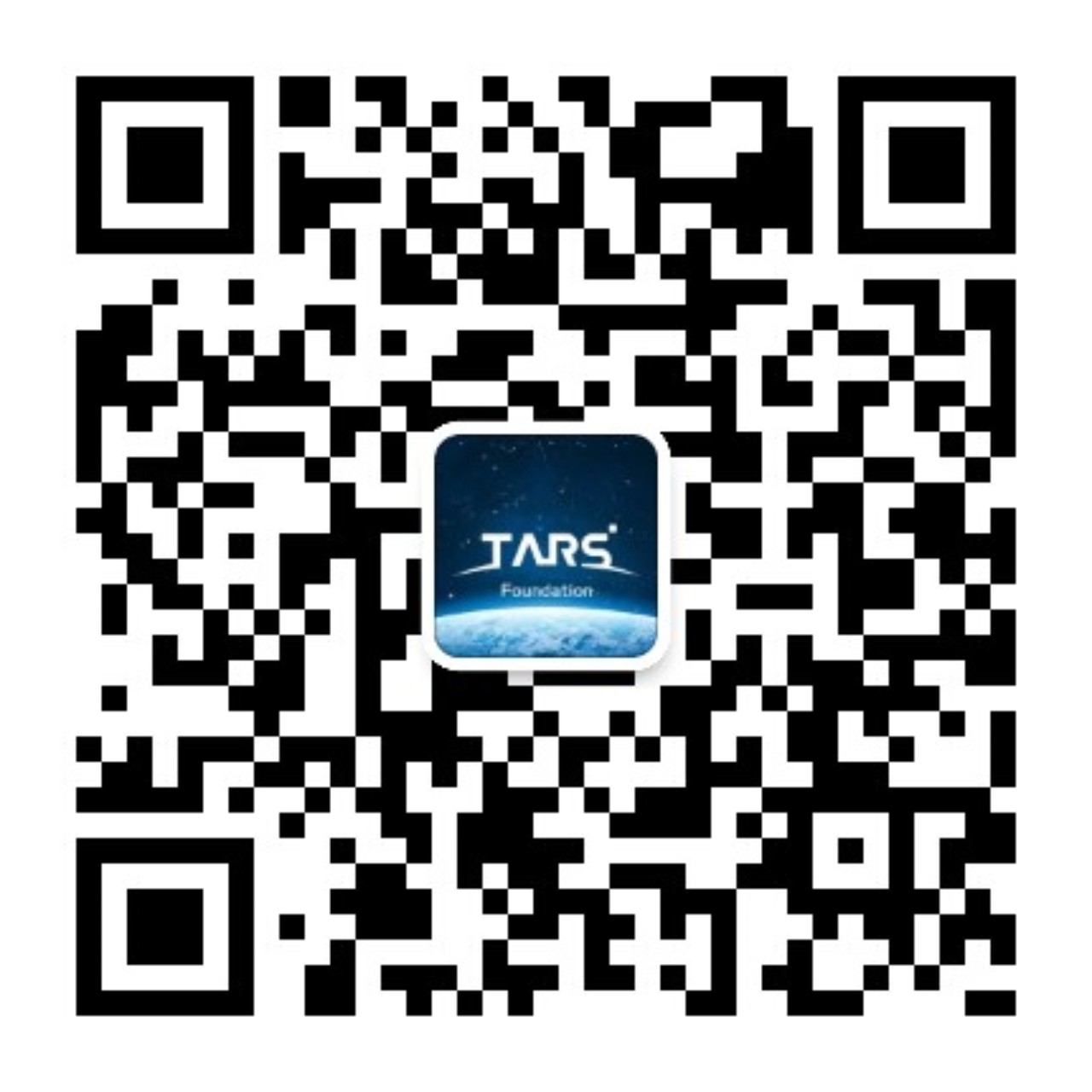Business networks use blockchains to track assets, record transactions, and keep track of their assets [1]. There are tangible and intangible assets (a house, car, cash, land), as well as intellectual property, patents, copyrights, and branding. With a blockchain network, anything of value can be tracked and traded, reducing risk and cutting costs for the involved parts [1].
Blockchain is important and essential because it delivers information fast and accurately with complete transparency. Furthermore, the information is stored on an immutable ledger that can be accessed only by permissioned network members. Since members are sharing a single view of the truth, it gives them greater confidence and enables new opportunities [1].
The financial sector was the main target of blockchain technology when it became public. Although blockchain remains primarily associated with finance, its applications now extend to data management, e-commerce, e-governance, online voting, energy, gaming, and other sectors. Analysts estimate that Blockchain could account for 20% of the total big data market by 2030 and over $100 billion would be generated; more than PayPal, Visa, and Mastercard together [4].
So now you might be wondering what blockchain has to do with open source?
To me, the rationale of open source is very similar to the one of blockchain. Open source was created with the goal to make software development more transparent. Hence, making the source code public not only makes security issues, kinds of collected data, and information about the development (such as the programming language) public but also allow people to adopt the software to their own needs and contribute to it. This is not different with blockchain that has the same values. In my opinion, open source is essential to blockchain for many reasons:
- open source for blockchain means a public and transparent way to keep records. One application of this transparency is governance to enable transparency within organization decision making.
- to spread the technology and identify other potential applications of blockchain. Open source can be a great facilitator of ideas and further development [2].
- open source also facilitates decentralization, since there isn't one central "source of truth". Decentralization is vital to ensure the safety, security, and variability of transitions in the blockchain.
How open source is driving blockchain
Open source is driving blockchain through many projects using this technology and multiple initiatives. Currently, almost all cryptocurrencies in the market (such as Bitcoin and Ethereum) are open source, so it's possible to access their codebase and even contribute to its development. Non-fungible tokens (NFTs) , which are a unique and non-interchangeable unit of data stored on a blockchain are being widely used with blockchain to create the metaverse. NFTs are associated with reproducible digital files such as photos, videos, and audio. Hyperledger is a project hosted under the Linux Foundation that enables the development of enterprise-level blockchains for different industries. Status is an open source project that uses Ethereum to create secure messaging and eWallet apps built on blockchain. Storj uses blockchain to build a secure and decentralized cloud storage system. Augur is a decentralized market prediction protocol. Here is a curated list of blockchain open source projects.
With the rise of mobile banking and internet banking, data consistency has become a critical problem for today's financial institutions that are using microservices architecture. This problem can be solved through distributed and consistent transactions, which the TARS framework can help manage.
TLDR-summary
Blockchain is a decentralized network. The code behind it is open source, and this is one of the reasons that users trust each other when doing transactions. There are many open source projects using blockchain in many different industries.
About the author:
Isabella Ferreira is an Ambassador at TARS Foundation, a cloud-native open-source microservice foundation under the Linux Foundation.
References
[1] https://www.ibm.com/topics/what-is-blockchain
[2] https://www.koombea.com/blog/importance-open-source-blockchain-technology/
[3] https://www.opensourceforu.com/2021/09/open-source-is-powering-the-blockchain-revolution/
[4] https://bigdata-madesimple.com/importance-big-data-open-source-blockchain/
